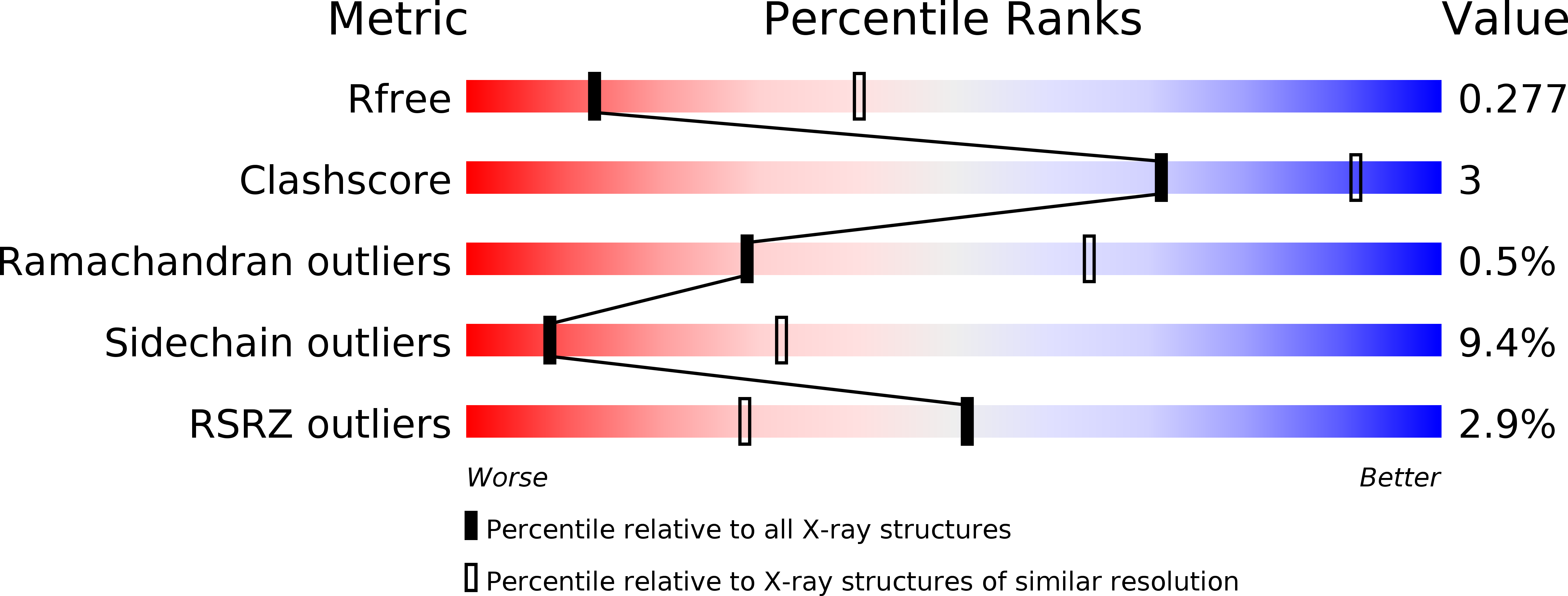
Deposition Date
2020-04-26
Release Date
2020-07-22
Last Version Date
2023-10-18
Entry Detail
Biological Source:
Source Organism:
Streptomyces avermitilis (Taxon ID: 227882)
Host Organism:
Method Details:
Experimental Method:
Resolution:
3.09 Å
R-Value Free:
0.26
R-Value Work:
0.21
R-Value Observed:
0.21
Space Group:
P 42


